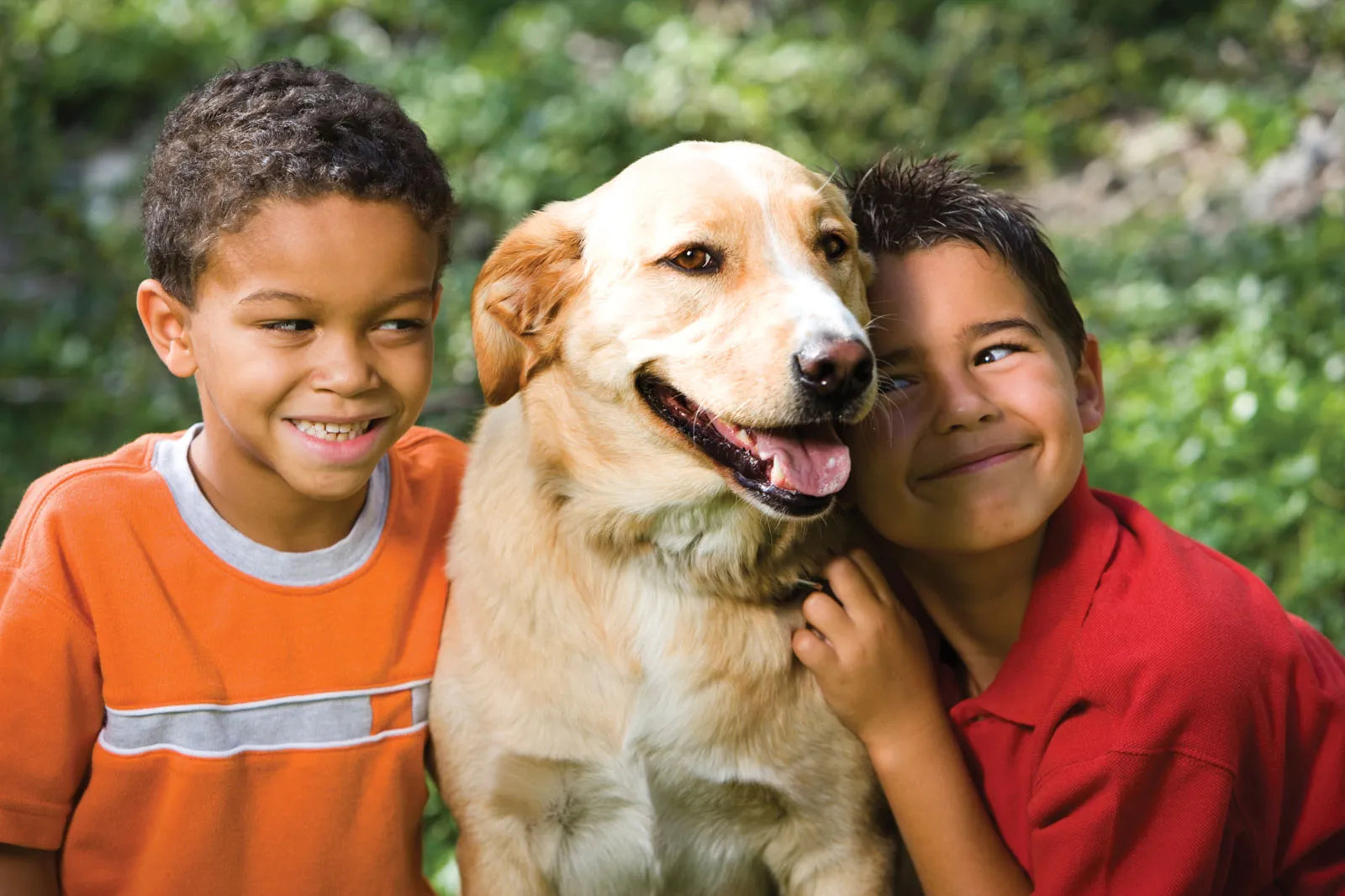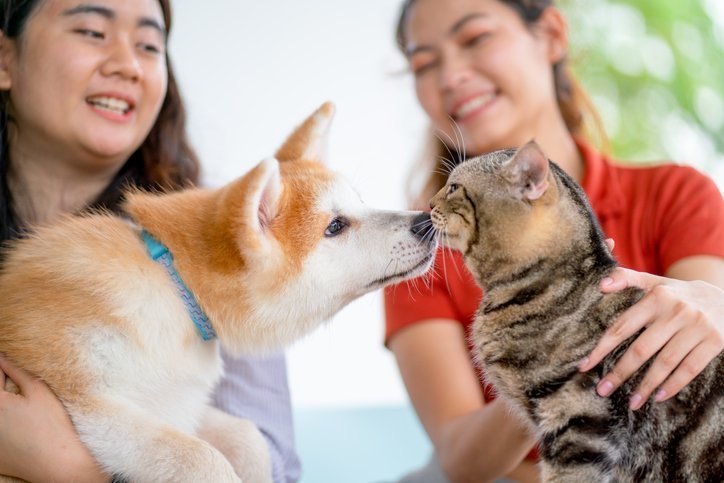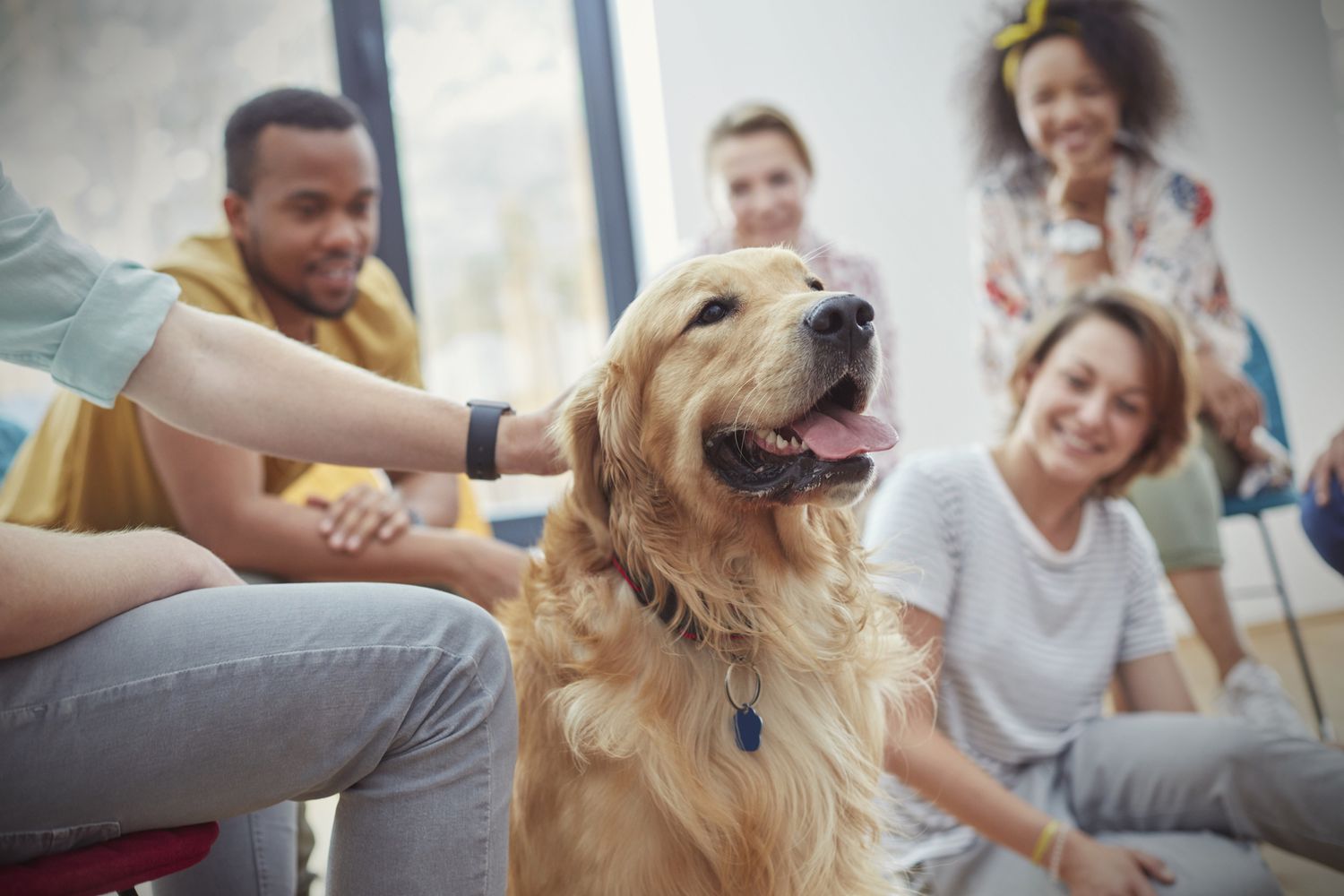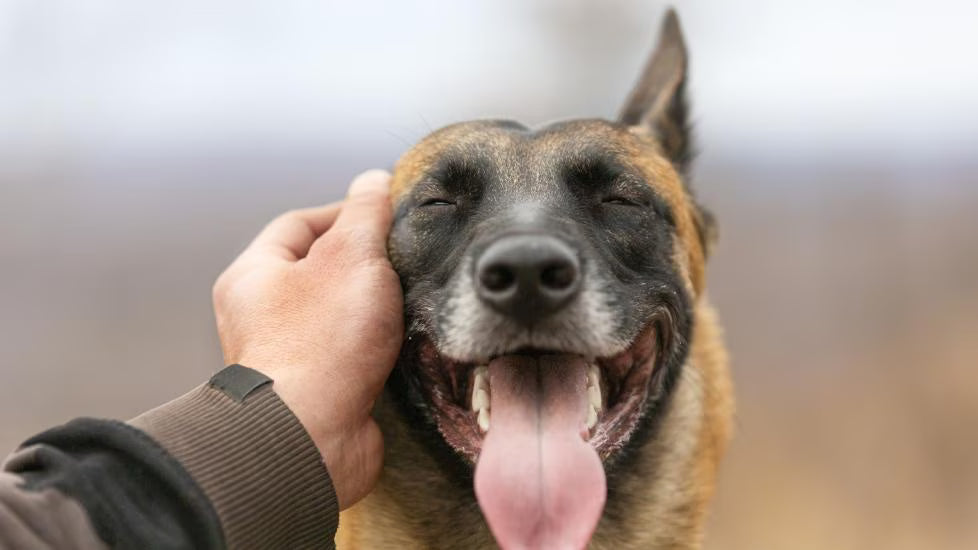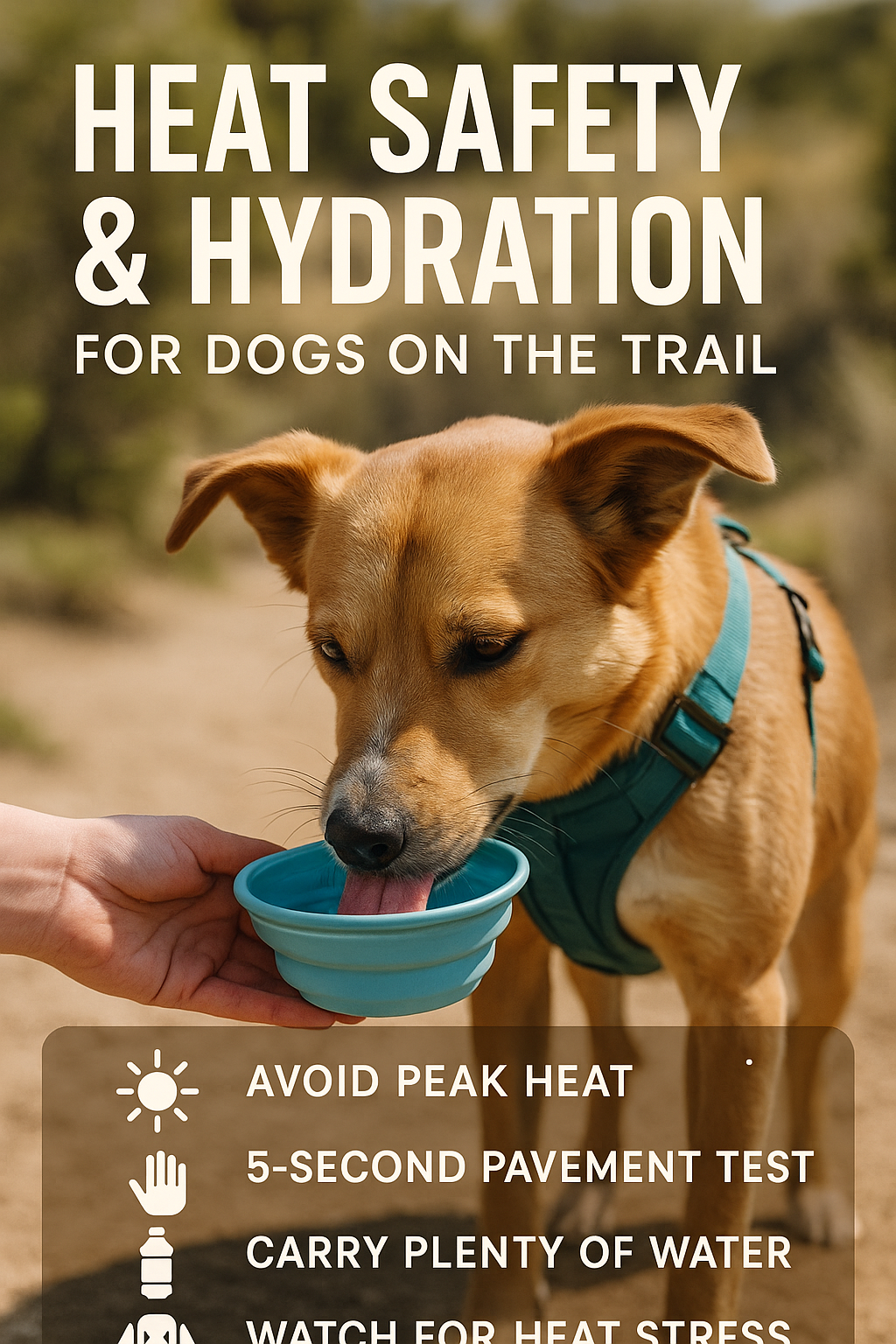
The Hiker’s Water Bottle: Essential Hydration and Heat Safety for Trail Dogs
Share
Summer sun and strenuous trails can turn a fun adventure into a dangerous situation fast. Unlike humans, dogs don't sweat efficiently—they rely primarily on panting to cool down. This makes them highly susceptible to overheating and dehydration, which can lead to life-threatening heatstroke.
As responsible owners, we must be our dog’s dedicated hydration and heat management officer. Here is your essential guide to keeping your trail dog cool, safe, and happy when the temperatures rise.
1. Plan for Temperature, Not Just Distance
The danger isn't just the ambient temperature; it's the combined effect of heat, humidity, and sun exposure.
-
Avoid the Hottest Hours: Schedule hikes for the early morning (before 9 AM) or late evening (after 6 PM). Never hike strenuously during the peak heat of the day.
-
Check the Pavement: Before you even start, perform the 5-Second Pavement Test: Place the back of your hand on the asphalt or rock trail for five seconds. If it’s too hot for your hand, it's too hot for your dog's paws. Hot surfaces can cause severe burns.
-
Seek Shade and Water: Choose trails with ample tree cover and access to safe, natural water sources (though always bring your own water for drinking!).
2. Bring More Water Than You Think
A dog needs significantly more water during exercise than on a casual walk.
-
The 2:1 Rule: Always carry at least twice the amount of water for your dog as you carry for yourself. Pack a dedicated, collapsible dog bowl and offer a drink every 15 to 20 minutes, not just when your dog is showing signs of thirst.
-
Consider Cooling Gear: Invest in cooling vests, bandanas, or cooling mats for rest stops. Wetting your dog’s paws, belly, and chest with cool (not ice-cold) water is the fastest way to drop their core temperature during a break.
3. Recognize the Silent Signs of Trouble
Dogs will often push themselves to keep up with you, even when they are in distress. Learn to spot the early warning signs of dehydration and heat exhaustion.
| Danger Sign | How to Check | Action Required |
| Excessive Panting & Drooling | Panting is non-stop, loud, and labored; saliva is thick and ropey. | STOP IMMEDIATELY. Seek shade. Offer water. |
| Tacky/Dry Gums | Lift their lip and touch their gums. They should feel slick and moist. Dry or sticky gums signal dehydration. | Urgent water break. Encourage drinking slowly. |
| Loss of Skin Elasticity | Gently pinch the skin between their shoulder blades and let go. If the skin is slow to snap back ("skin tenting"), they are severely dehydrated. | Emergency! Seek veterinary attention immediately. |
| Lethargy or Unsteadiness | They stop wanting to walk, seem confused, or their hind legs are wobbly. | EMERGENCY! Apply active cooling (water on chest/belly) and get to a vet. |
4. Emergency Action Plan: If Overheating Occurs
If you see signs of heatstroke:
-
Stop Exercise: Immediately move your dog to a fully shaded area.
-
Cool Down: Apply cool water to the paws, belly, neck, and groin. Do not submerge the entire body in very cold water, as this can constrict blood vessels and trap heat.
-
Offer Water: Allow your dog to drink small amounts of water or lick ice chips.
-
Seek a Vet: Get to the nearest veterinary emergency clinic as quickly and safely as possible. Heatstroke is a medical emergency.

